The Importance of Bitcoin in the Age of AI
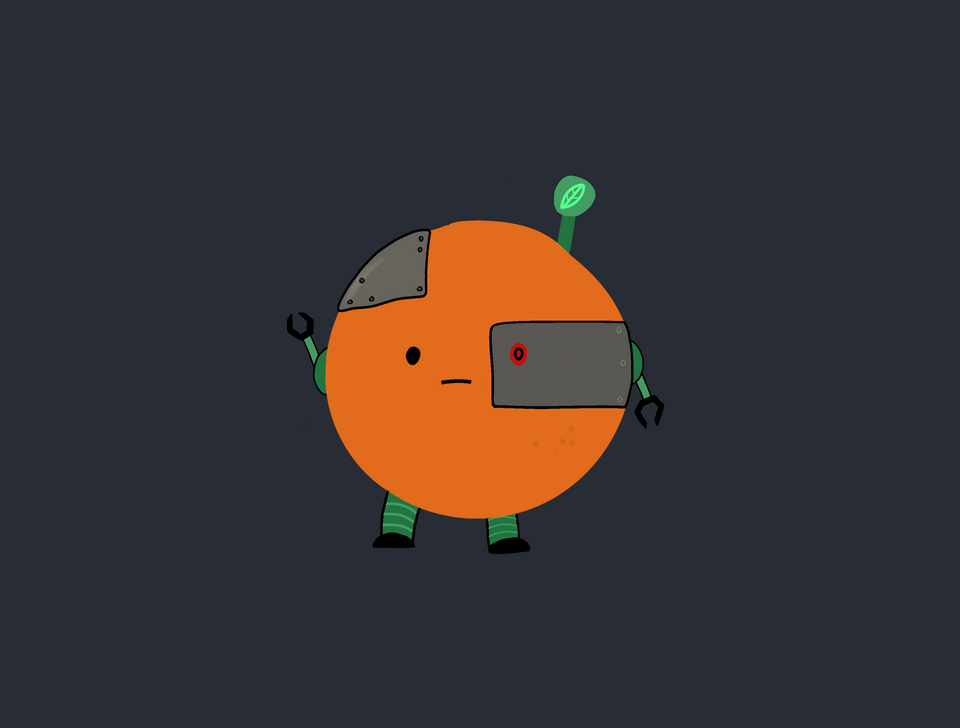
Enjoy! 🧡
🍊 Found this valuable?
🎓 Ready to Test Your Knowledge?
Subscribe for free so you don't miss our next article!
Welcome to the future!
Here in the future, nothing is real. Nothing is real, because everything can be faked. Everything can be faked, because every form of digital information, no matter how complex or imaginative––articles, images, videos, songs, lectures, essays, code––all of it can be created from scratch for free with the click of a button.
That is, everything except bitcoin.
Part 1: Artificial Intelligence
Nothing is real...
ChatGPT
Nobody knows what the future looks like until it arrives.
Now, thanks to the release of ChatGPT and the subsequent Cambrian explosion of AI advancements that followed suit, we're starting to get a glimpse of how our not-so-distant future is going to look.
In just the past few months, we've witnessed the stunning capabilities of a new Large Language Model (LLM) called GPT-4, which has already:
- Passed the Bar Exam with flying colors
- Saved a dog's life after veterinarians failed, and
- Generated a presentation for a Master's course and received full marks...
...just to name a few.
AutoGPT and BabyAGI
What happens when you give AI access to the Internet and ask it to learn from its mistakes? Well... this happens:
Massive Update for Auto-GPT: Code Execution! 🤖💻
— Significant Gravitas (@SigGravitas) April 1, 2023
Auto-GPT is now able to write it's own code using #gpt4 and execute python scripts!
This allows it to recursively debug, develop and self-improve... 🤯 👇 pic.twitter.com/GEkMb1LyxV
BabyAGI, which means "a young Artificial General Intelligence", is a program that when given a task, creates a task list and executes the tasks over and over again autonomously.
Midjourney
Midjourney is an AI image generator that has quickly become best-in-class in its niche. Users simply feed a simple prompt to Midjourney, and the AI does the rest. The results are stunning:
Prompt: Turtle in Alice In Wonderland, surrealism

Joining Forces
When these tools are used in combination with one another, they can create mind-blowing results:
"This is how GPT-4 sees and hears itself"
— Kris Kashtanova (@icreatelife) April 22, 2023
I used GPT-4 to describe itself. Then I used its description to generate an image, a video based on this image and a soundtrack.
Tools I used: GPT-4, Midjourney, Kainber AI, Mubert, RunwayML
This is the description I used that GPT-4… pic.twitter.com/Wt6EnXM8EY
Deep Fakes
These AI advancements are happening quickly, and most of us can't keep up. Already, we've developed frighteningly convincing fake videos using nothing but AI.
See for yourself!
With time, videos just like this one will become commonplace. It will be harder to verify what is true, no matter how honest or careful one tries to be as a consumer of information.
Moreover, the cost of producing this content will also continue to fall with advancements in hardware. While it currently requires large amounts of computing power to generate LLMs on the scale of GPT-4, this will soon be possible for anyone to run at home from scratch.
Part 2: Bitcoin
One block at a time: a Truth-Chain.
Unforgeable Costliness: Bitcoin's Unique Property
Cryptographer Nick Szabo coined the term unforgeable costliness and explained it as follows:
“What do antiques, time, and gold have in common? They are costly, due either to their original cost or the improbability of their history, and it is difficult to spoof this costliness. There are some problems involved with implementing unforgeable costliness on a computer. If such problems can be overcome, we can achieve bitgold.”– Nick Szabo, 2008
Think of it this way: how do you know if a physical object (like an apple) is genuine?
Answer: You hold it in your hand. You feel the apple. You know it's genuine because, for a moment, you are intimiately linked to the apple in physical space.
But how do you know if a digital object (like a picture of an apple) is genuine?
Answer: You don't. Digital objects like pictures are pure information, so they can be copied again and again for free.
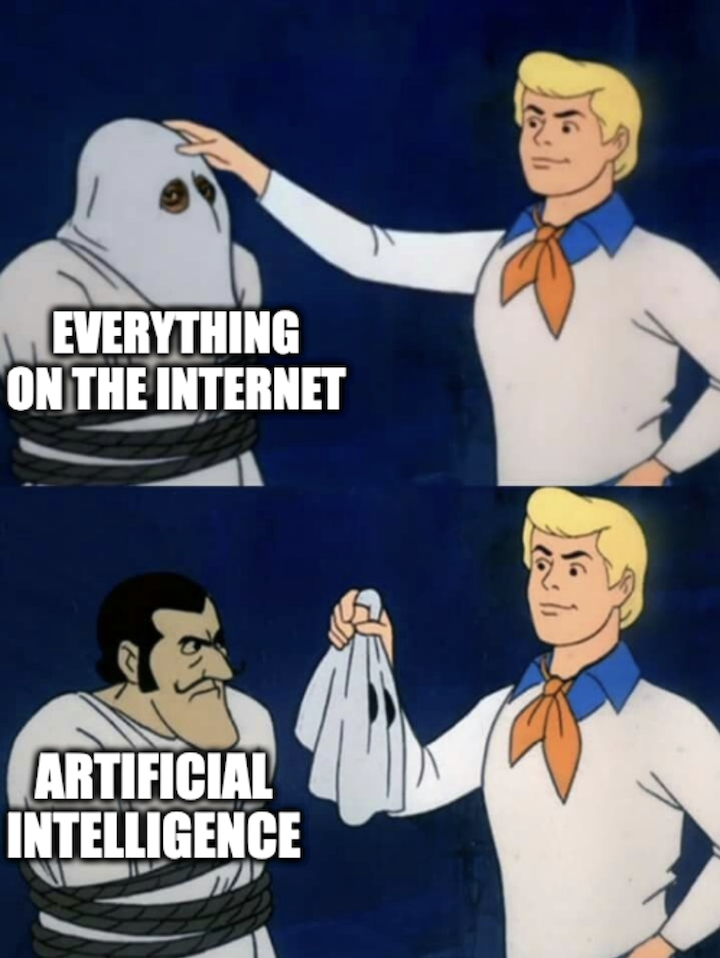
However, Bitcoin is different!
Bitcoin is a network and an asset in the digital realm that continually proves its own existence and validity 24/7/365 via proof-of-work. This means if you receive bitcoin from someone, you can be absolutely, 100% confident that this bitcoin is authentic. There can be no "counterfeit bitcoin" because bitcoins are created from a process that cannot be faked.
Not even by AI.
Bitcoins are Prohibitively Expensive to Create
A bitcoin can only come into existence after the entire collective computational power of the planet's bitcoin mining computers has spent roughly 10 minutes on average guessing numbers as quickly as possible to find a valid number that satisfies a predetermined target.
Once that valid number is found, a bitcoin miner can present it to the bitcoin network (which is completely decentralized and has no leader) along with a bundle of transactions (called a "block") as proof that they spent the time and energy to create the block honestly.
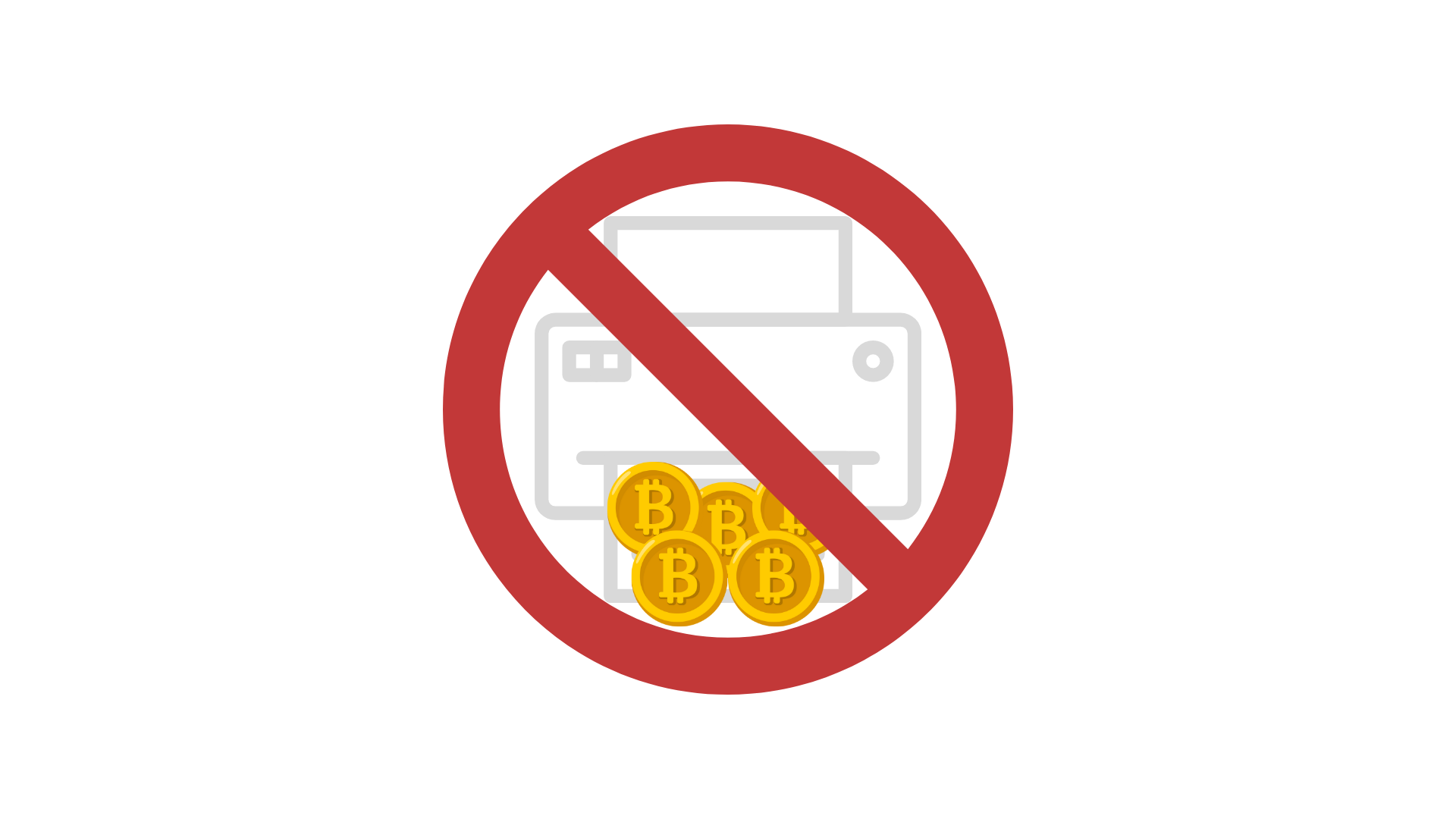
However, even after completing this ridiculously costly process, most of the time they won't get lucky enough to find a winning number. So, they'll have to start all over again from scratch.
And even if they do get lucky enough to find a winning number and they try to counterfeit bitcoins by including fraudulent transactions in their block, it costs each computer on the bitcoin network almost nothing to verify (1) the validity of the transactions, and (2) the validity of the miner's proof of work. If either one is invalid, the block will be rejected 100% of the time.
All that money spent on mining will be for nothing.
In other words, the expensive privilege earned by completing a valid proof-of-work is the privilege to add new transactions to the bitcoin blockchain. But that privilege can and will be revoked instantly by the network if a miner tries to cheat the system.
Why Can't AI Fake This?
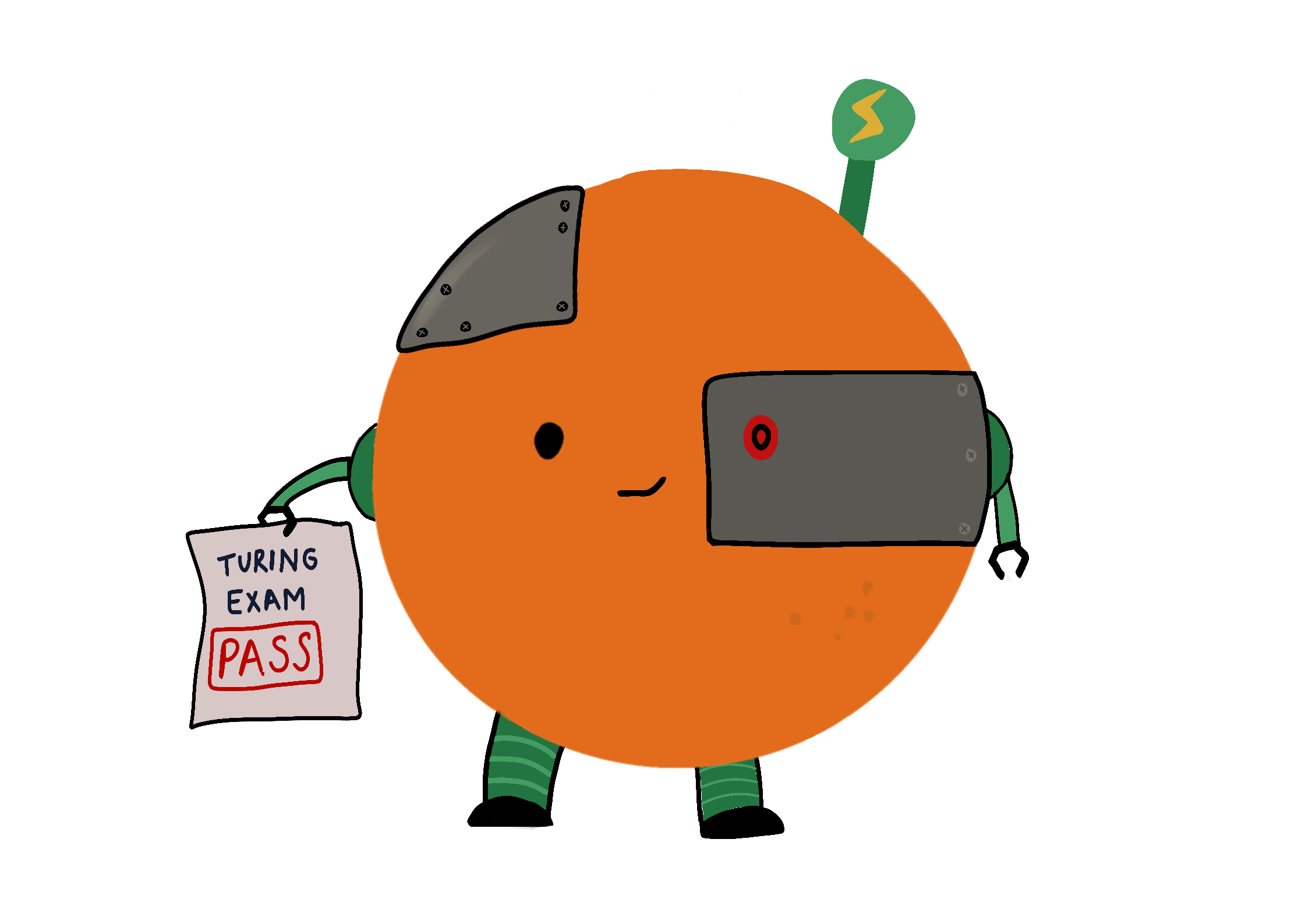
You might be thinking: "Oh sure, bitcoin mining is expensive. But why couldn't AI find a way around this?"
As a pretty fantastical example: Imagine a superintelligent AI decides its goal is to obtain as much bitcoin as possible. To accomplish this, the AI tries everything:
- It tries to convince all humans to hand over their bitcoin
- It tries to stealthily take over existing bitcoin mining operators
- It tries to build more bitcoin miners of its own to dominate the network
If all of these things happened in the future and the AI were able to obtain more than 51% of the global hashrate (cumulative bitcoin mining power) so it could manipulate the ledger, there would still be significant hurdles to overcome.
(Note: Bitcoin is ultimately built on social consensus. Each node in the network that validates every block on the bitcoin blockchain follows consensus rules and cannot deviate from those rules. If the attacker tried to break consensus rules, its blocks would be automatically rejected and would effectively result in a hard fork.)
If the AI tried to 51% attack the network without breaking any consensus rules all in an effort to double spend* and fraudulently gain more bitcoin, the "heat signature" associated with this attack would be very noticeable. Bitcoin users could easily require higher confirmation times to make double spends incredibly expensive to pull off, and the largest publicly traded miners would face immense public scrutiny, forcing transparency and quickly allowing the public to determine who is and who isn't complicit in the attack.
* Click here for more detailed notes...
Double Spends
One approach for a 51% attacker is to try to execute a "double spend". Example of a double spend:
- Spend 1 bitcoin in Transaction X at the store to buy some product
- Transaction X gets recorded in blockchain in Block 1
- Receive the product purchased from the store
- Go back home and re-mine the blockchain starting from Block 1
- Exclude Transaction X from new Block 1 (call it Block 1a) and keep mining new blocks on top of Block 1a until you have the longest chain
- Nodes must recognize the longest chain per Nakamoto Consensus rules, so Transaction X will effectively be erased and the store's 1 bitcoin will no longer be valid.
One problem with this approach is that Step 4 requires a lot of energy. Most merchants require at least 6 confirmations before considering a transaction final. This means at least 6 whole blocks must be mined before the merchant will give you the product you bought. This is important, because it means the attacker would need to re-mine (or mine in parallel) at least 6 whole blocks in order to successfully execute the double spend.
Additionally, everyone in the network would notice the attack at some point:
- Either in Step 4, because suddenly 51% of the hash rate in the network would disappear while the attacker diverts its resources to mining on an old block. The result is that everyone would likely see the network is less secure and would require more than 6 confirmations (e.g. 12 confirmations) before accepting a transaction.
- Or in Step 5 if mining the alternate chain were done secretly in parallel, because at some point once the attack is complete, suddenly 6 new blocks would be presented to the whole network out of nowhere, rather than organically building on top of one another in succession as per normal network behavior. This event would immediately raise suspicions, leading to the same higher confirmation time requirement as the first bullet above.
Other Attacks
A very well decentralized and heavily armed AI with vast resources could theoretically thwart even the above safeguards by being covert and avoiding blatant double spends in favor of other, more subtle attacks:
- Censorship - deciding which transactions are included in new blocks, potentially using this as leverage against enemies
- Silent control - maintaining 51% control in secrecy for long periods of time, taking advantage of small-scale exploits once in a while rather than any big heist all at once
These forms of attack are theoretically possible, but again highly unlikely given the vast resource requirements and coordination involved. If anyone could pull it off, it would be a superintelligent AI. But the point of this article is to show that it would be immensely difficult, even for such an entity with nearly god-like powers.
(Nevermind the fact that if superintelligent AI gets this powerful we probably have much more pressing problems to deal with concerning human survival!)
Part 3: Synergy
Bitcoin + AI = ?
Future Possibilities: Bitcoin and AI Synergy
In all likelihood, bitcoin and AI will have several key synergies that further advance the scope and potential of each technology.
Market Arbitrage and Personal Finance
AI is going to shape the future of finance in unimaginable ways.
Take Joshua Browder (@jbrowder1) for example, who outsourced his entire personal financial life to AI:
I decided to outsource my entire personal financial life to GPT-4 (via the @donotpay chat we are building).
— Joshua Browder (@jbrowder1) April 29, 2023
I gave AutoGPT access to my bank, financial statements, credit report, and email.
Here’s how it’s going so far (+$217.85) and the strange ways it’s saving money. (1/n): pic.twitter.com/JO9p1A5ipc
By finding arbitrage opportunities and eliminating inefficiencies from both individual portfolios and broader markets, AI may help to increase the informativeness of market prices.
Predictive Analytics
AI is also transforming financial data analytics, which could be very useful when applied in the context of bitcoin.
Bitcoin's UTXO model means every transaction is linked to every other transaction. New transactions gather past transactions together as inputs, which can reveal which UTXOs are owned by the same entity in the process.
The practice of tracking UTXOs and using their activity on-chain to determine discrete entities is known today as Chainalysis. This could be used by authorities to enforce compliance with regulations, or even by regular users to call the bluffs of powerful exchange companies lying about their bitcoin reserves.
AI is being used extensively in Chainalysis today, and its use for this purpose will undoubtedly grow in the future. By providing more accurate predictions and insights, AI could help to increase the transparency of bitcoin.
The Ultimate White Hat Hacker
Perhaps the most exciting synergy between AI and bitcoin is that of the White Hat Hacker.
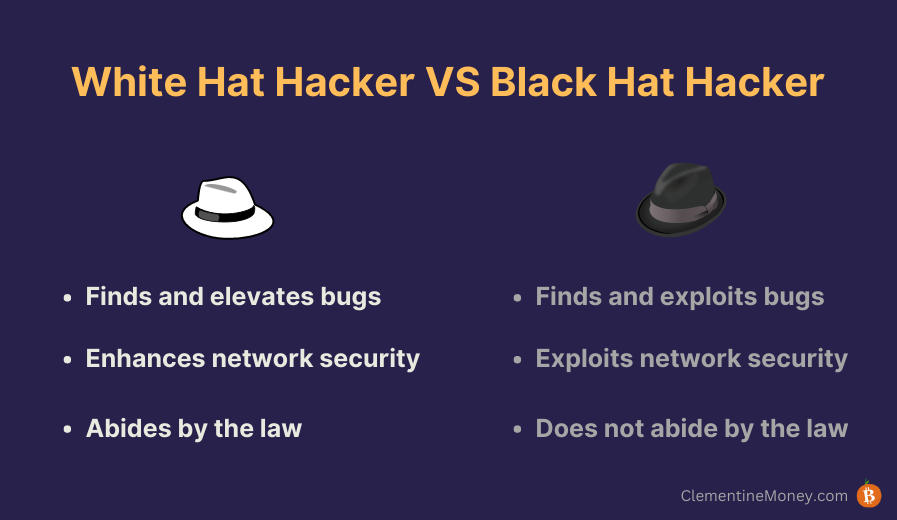
A white hat hacker –– or ethical hacker –– is an individual who uses hacking skills to identify security vulnerabilities in hardware, software or networks. Importantly, they do so in accordance with the law rather than exploiting the network for personal gain. White hat hackers are crucial for many complex networks.
In the future, instead of relying on human beings to identify detrimental bugs in code, companies may just outsource that job entirely to AI. It will be able to perform the job far faster and practically for free.
Since bitcoin isn't owned by any one person or group, AI will likely be used by many different people around the world to try to find bugs and exploits in the software or the network architecture. Because of its decentralization and robust community, bitcoin will benefit from this the same way a company benefits from a thorough audit of its operations. Any flaws that could possibly be identified would be patched quickly by the network.
In these ways, AI could dramatically enhance the security of bitcoin and every other major network around the world.
The Bottom Line
No matter what happens in the future, it's clear that AI will play a big role. What's also clear is that we can no longer trust our own senses when it comes to differentiating between AI generated content and human generated content. Evidence we used to rely on will become untrustworthy. The role of a provably authentic asset like bitcoin will likely expand over time as more people recognize the importance of owning something they know is real.
In a world where few things digital can be verified, Bitcoin stands out as a unique and valuable technology that can serve as our landmark; our constant; our totem.

Member discussion